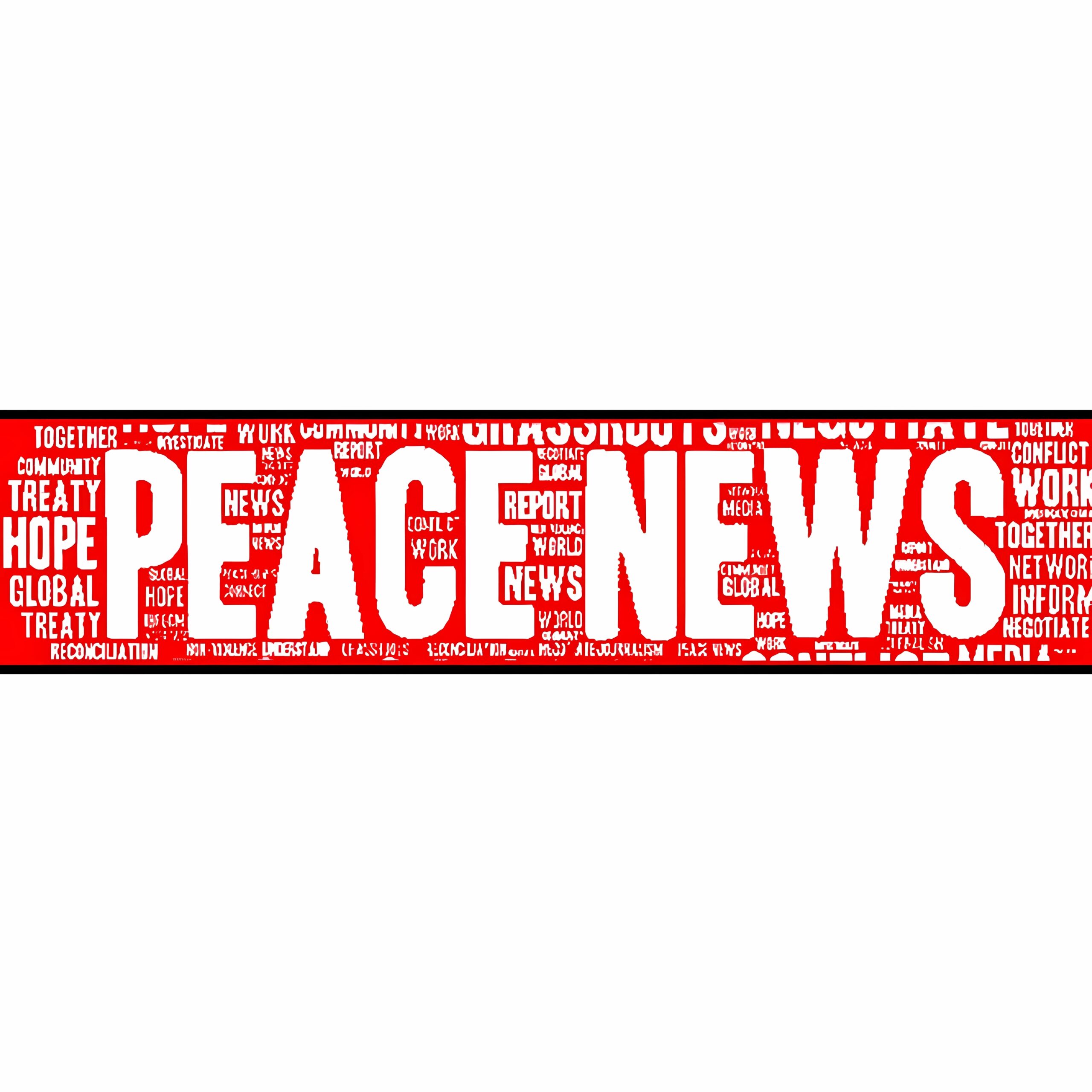The pursuit of peace, security, and stability has remained a central objective for many African states since they gained independence from colonial powers. While considerable progress has been made in building democratic institutions, promoting economic growth, and enhancing regional cooperation, the 21st century has brought complex, multidimensional threats that challenge the continent’s stability. These threats include the rapid increase in armed conflicts, violent extremism, state fragility, transnational crime, climate insecurity, and governance deficits. Addressing them requires integrated and context-sensitive approaches that reinforce local capacities, foster inclusive governance, and deepen regional and international partnerships.
The Nature of Contemporary Security Threats in Africa
Africa’s security landscape has evolved significantly in the 21st century. Traditional inter-state wars have given way to intra-state conflicts, often rooted in identity politics, competition over natural resources, and marginalisation. Notably, regions such as the Sahel, the Horn of Africa, the Lake Chad Basin, and parts of Central and Southern Africa have become hotspots of recurring violence and fragility.
The rise of violent extremist groups such as Boko Haram in Nigeria, Al-Shabaab in Somalia, and the Islamic State in the Greater Sahara (ISGS) in the Sahel has transformed security threats into regional challenges. These groups exploit weak state institutions, porous borders, and local grievances to mobilise support and destabilise entire regions (Dowd & Raleigh, 2013). Their operations have created significant humanitarian crises, displaced millions, and undermined development efforts.
In addition to armed conflict, Africa faces increasing challenges from transnational organised crime—including human trafficking, arms smuggling, and illicit mining—and climate-induced conflicts over land and water. These “non-traditional” threats blur the lines between security, development, and humanitarian action, necessitating a holistic response.
The Role of Regional and Continental Frameworks
Africa’s primary institutional response to peace and security threats is anchored in the African Union (AU)’s African Peace and Security Architecture (APSA), which comprises key instruments such as the Peace and Security Council (PSC), the Panel of the Wise, the Continental Early Warning System (CEWS), and the African Standby Force (ASF). APSA embodies the AU’s normative commitment to “non-indifference” and the right to intervene in cases of war crimes, genocide, and crimes against humanity (AU Constitutive Act, 2000, Art. 4(h)).
While APSA has seen some success—particularly in mediation, early warning, and conflict prevention—its operationalisation remains hampered by financial constraints, weak coordination with regional economic communities (RECs), and limited political will from member states (Williams, 2018). The ASF, for example, remains largely dormant due to funding and readiness challenges, despite the urgency for rapid deployment in crisis situations.
Nonetheless, regional initiatives have gained traction. The Economic Community of West African States (ECOWAS), for example, has demonstrated strong normative and military responses to coups and instability, including interventions in The Gambia in 2017 and its diplomatic engagement in Mali and Guinea. Similarly, the Intergovernmental Authority on Development (IGAD) has played a central role in mediating the South Sudan conflict.
Governance, Inclusion, and the Prevention Agenda
Peace and security cannot be achieved solely through military means. At the heart of many African conflicts lie structural grievances—governance deficits, social exclusion, youth unemployment, and inequality. A durable peace therefore requires inclusive political systems, responsive institutions, and the empowerment of marginalised communities.
The United Nations and the AU have increasingly embraced a “sustaining peace” agenda, which emphasises conflict prevention, local peacebuilding, and inclusive governance. Empirical studies confirm that inclusive political settlements and power-sharing arrangements significantly reduce the risk of conflict recurrence (Walter, 2002; Langer et al., 2011). Similarly, women’s participation in peace processes, in line with UNSCR 1325, has been shown to enhance the durability and legitimacy of peace agreements (O’Reilly et al., 2015).
Youth engagement is equally critical. With over 60% of Africa’s population under the age of 25, addressing youth marginalisation is central to conflict prevention. Youth unemployment, lack of political voice, and social alienation have been exploited by extremist recruiters and political agitators. National strategies that promote youth entrepreneurship, civic education, and representation in governance structures are essential for long-term stability.
The Imperative of International Partnerships and Local Ownership
Enhancing peace and security in Africa also requires stronger partnerships with international actors. The UN-AU partnership has evolved into a model of collaborative peace operations, as demonstrated by joint missions in Darfur (UNAMID) and Somalia (ATMIS, previously AMISOM). However, external support must respect African agency and avoid undermining local ownership.
Sustainable peacebuilding depends on locally grounded solutions. Indigenous institutions, traditional authorities, and community-based organisations have historically played pivotal roles in resolving disputes and maintaining social cohesion. Revitalising these mechanisms and integrating them into national peacebuilding frameworks can enhance legitimacy and effectiveness.
Africa’s peace and security challenges in the 21st century are complex, but not insurmountable. They demand a shift from reactive responses to proactive, preventive, and inclusive strategies that combine political, developmental, and security dimensions. Strengthening the AU and RECs, fostering democratic governance, investing in youth and women’s empowerment, and promoting regional integration and solidarity are indispensable. Only through comprehensive, locally grounded, and coordinated efforts can the vision of a peaceful, secure, and stable Africa become a reality.
Keywords: peace, security, stability, Africa, armed conflict, conflict, conflict resolution, African union, extremism












